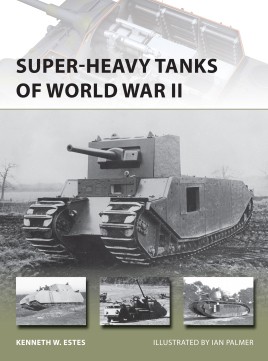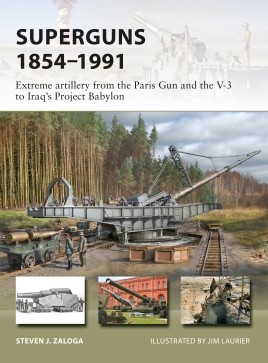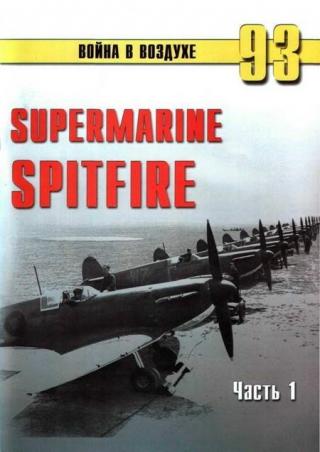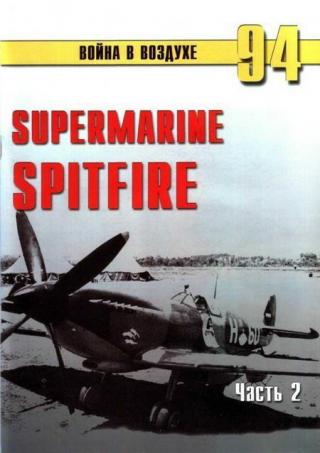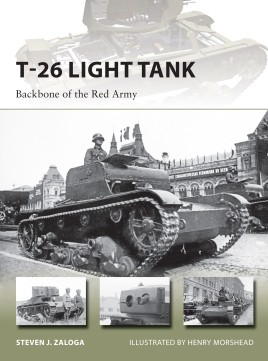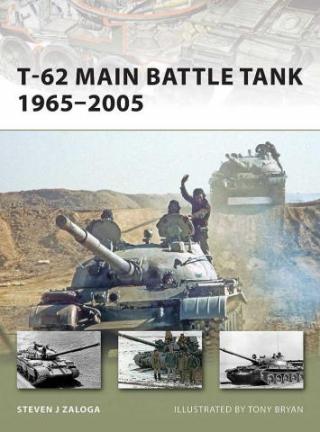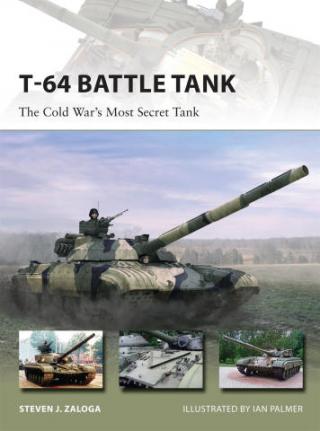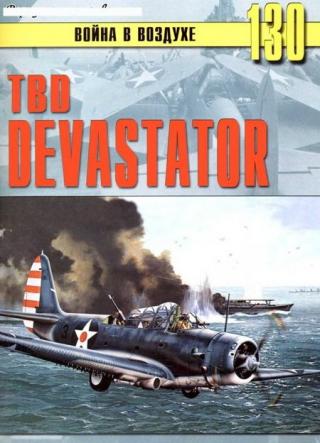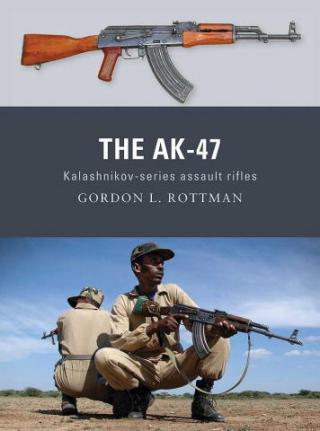The super-heavy tanks of World War II are heirs to the siege machine tradition - a means of breaking the deadlock of ground combat. As a class of fighting vehicle, they began with the World War I concept of the search for a ‘breakthrough' tank,...
Формат:
только полные версии
Военная история, Военное дело, военная техника и вооружение
Superguns 1854-1991: Extreme Artillery from the Paris Gun and the V-3 to Iraq's Project Babylon
Over the last 150 years, gun designers have sought to transform warfare with artillery of superlative range and power, from William Armstrong's 19th-century "monster guns” to the latest research into hypersonic electro-magnetic railguns.
Taking a...
Осенью 1931 года Министерство авиации выдало техническое задание F.7/30 на новый истребитель, предназначенный на замену устаревшего...
Продолжение выпуска № 93. Девятка и далее.
Прим. OCR: К сожалению не найден оригинал издания. В имеющемся первоисточнике все иллюстрации...
Военная история, Военное дело, военная техника и вооружение
T-26 Light Tank: Backbone of the Red Army
The T-26 was the first major Soviet armour program of the 1930s, beginning as a license-built version of the British Vickers 6-ton export tank. Although the T-26 retained the basic Vickers hull and suspension, the Red Army began to make extensive...
The Soviet Army hastily developed the T-62 in a struggle to compete against the rapid proliferation of NATO tanks in the 1960s. It was essentially a modification of the widely-manufactured T-55 tank with the addition of a new 115mm gun. Within the...
The T-64 tank was the most revolutionary design of the whole Cold War, designed to provide the firepower and armour protection of a heavy tank in a medium-weight design. It pioneered a host of new technologies including laminate armour, stereoscopic...
В июне 1934 года, Бюро Авиации Военно-морского флота (Ви.Аег.) выдало заказ в различные авиастроительные компании для участия в конкурсе на...
The Kalashnikov AK-47 is the most ubiquitous assault rifle in the world, with more AK-47s and its variants in use than any other individual small arm. Created by Senior Sergeant Mikhail Kalashnikov, and first adopted by the USSR soon after World War...
The emergence of the tank in World War I led to the development of the first infantry weapons to defend against tanks. Anti-tank rifles became commonplace in the inter-war years and in the early campaigns of World War II in Poland and the Battle of...
